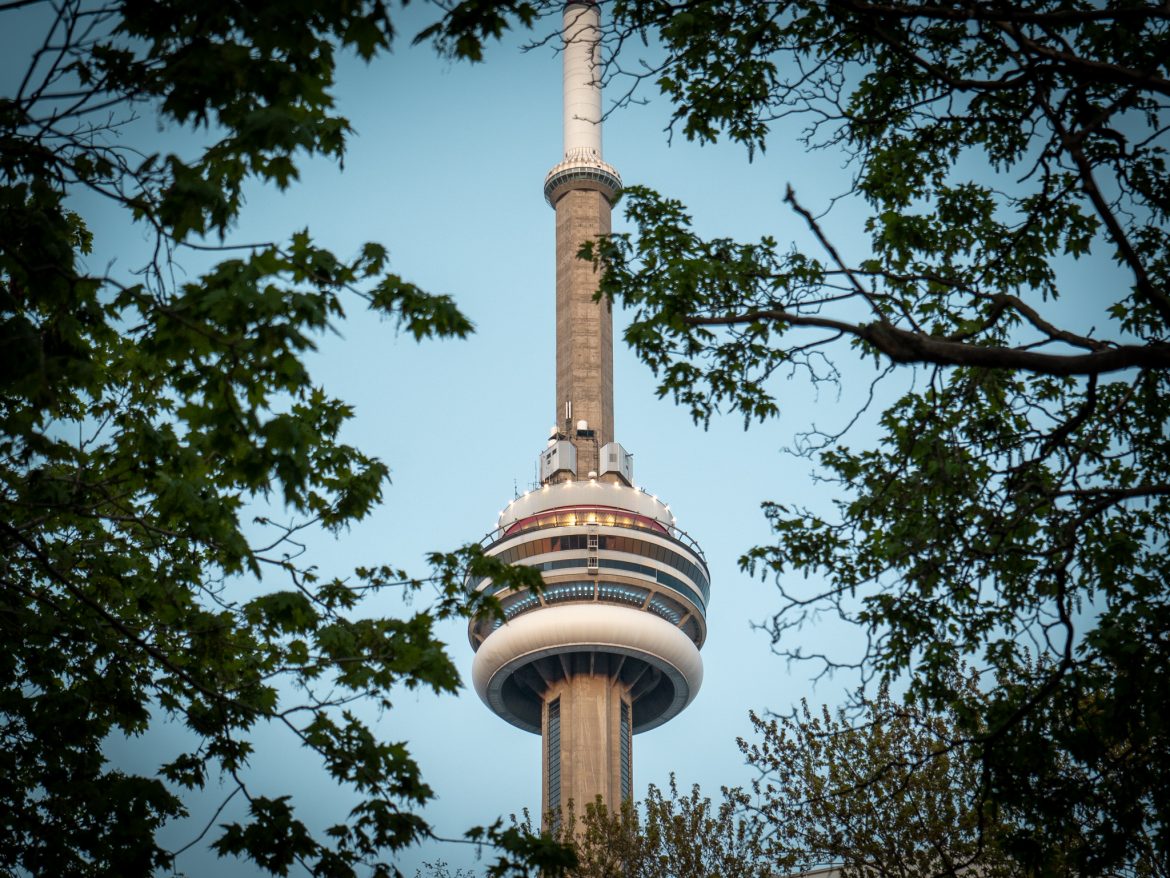Photo Credit: Samantha Hamilton, Photos Editor
Early lockdowns had a positive impact on the environment, but our return to normal means that it won’t last long
Dhruvi Parekh, The Mike Contributor
From hearing about bluer skies in one of the world’s most polluted cities, Delhi, to hearing about the restoration of certain migratory bird patterns, to hearing the birds chirp more clearly than I ever have outside my bedroom window, the Covid-19 pandemic’s initial lockdowns proved to be beneficial for the environment. Be it because of the significant decrease in travel, lower human activity, or the closures of long supply chains, “daily global carbon emissions were down by 17 percent compared to last year,” according to Beth Gardiner of the National Geographic.
Not only has the pandemic reduced greenhouse gas emissions, but also has the halt to activities such as driving seem to have proven advantageous for nature. In certain countries, data suggests that roadkill rates decreased by more than 40%. The clearing of waterways reduced the mortality rate of sea life and further reduced noise pollution. The closing of cities supplementarily decreased light pollution.
However, as the world starts to return to normal, the overall environmental impact of the Covid-19 pandemic starts to look grimmer.
The increase in medical waste has a part to play. The untreated disposal of masks, sanitizers, wipes, gloves, and suits threatens to be a significant issue for landfills, followed by its biohazardous nature. Nevertheless, it is perhaps the recovery from the lockdowns that seems to pose the unanticipated threat.
As the world reopens, people will return to the same activities that harmed the environment in the first place. There have been no steps taken to establish more sustainable and green practices, and we might just end up worse than we started.
There will be a much higher demand for travel and there will be corporations looking to recover their losses. In fact, in the name of recovering from the pandemic’s economic damage, we are already seeing more and more corporations (particularly in the gas and oil industries) get monetary aid and receive permits more easily to resume operations. This has devastating consequences for the environment.
Corinne Le Quéré, professor of climate change at the University of East Anglia in Britain, points out that we have previously seen in a similar situation unfold, where during the 2007-08 financial crisis the greenhouse emissions dropped and then skyrocketed past the previous levels.
Unfortunately, our concerns have further materialized. As China, the first country to be hit by the pandemic, recovers, the country has lost all the environmental recovery it made. As manufacturing industries pressed forward to make up for lost time, the pollution levels jumped back up to pre-pandemic levels, even surging past previous levels before settling back.
It is tempting to search for an upshot to the pandemic that has had devastating impacts. Reality, however, fails to provide sustenance to such optimism.




